Introduction
Anxiety disorders affect millions globally, posing significant challenges to mental health care. The Generalized Anxiety Disorder 7-item (GAD-7) scale stands out as one of the most widely used tools for screening anxiety symptoms.
Developed in 2006 by Robert L. Spitzer and colleagues, the GAD-7 offers a simple, self-administered approach to evaluating GAD symptoms over a two-week period. In this comprehensive guide, we’ll explore its essential features, clinical applications, and scoring methodology, providing valuable insights for researchers and clinicians alike.
Key Features of the Generalized Anxiety Disorder 7-item Scale
Purpose and Use
The GAD-7 is a screening tool used to assess symptoms of generalized anxiety disorder. Its primary purpose is to identify and evaluate the severity of anxiety symptoms in individuals, focusing specifically on mental health domains such as excessive worry, nervousness, and restlessness.
Target Population
The GAD-7 targets adult patients and adolescents aged 13 years and older. It is suitable for various age groups, including:
- Adolescents (13-17 years)
- Young Adults (18–24 years)
- Middle-Aged Adults (25–44 years)
- Older Adults (45–64 years)
- Seniors (65+ years)
Scoring Method
The GAD-7 utilizes a 4-point Likert scale to measure symptom frequency:
- 0: Not at all
- 1: Several days
- 2: More than half the days
- 3: Nearly every day
Total Score Interpretation:
- 0–4: Minimal anxiety
- 5–9: Mild anxiety
- 10–14: Moderate anxiety
- 15–21: Severe anxiety
Clinical Cutoff: A score of 10 or higher indicates a probable case of generalized anxiety disorder and warrants further evaluation.
Administration Format
The GAD-7 offers flexible administration options, making it easy to integrate into various workflows:
- Paper-based: Ideal for clinics and low-tech settings
- Digital (Online): Accessible through websites and electronic health records
- Mobile App: Useful for on-the-go assessments
- Interview (In-person): Clinicians can include it during face-to-face consultations
Applications of the Generalized Anxiety Disorder 7-item Scale
The GAD-7 serves multiple functions in both clinical and research settings.
- Screening: It effectively identifies individuals likely experiencing generalized anxiety disorder.
- Monitoring: Clinicians frequently use it to track patients’ anxiety levels over time.
- Research: The tool plays a crucial role in studies exploring anxiety prevalence and its relationship with other health conditions.
Because of its simplicity, fast completion time (under five minutes), and adaptability, the GAD-7 proves to be beneficial across a wide range of populations and contexts.
Languages Available
The GAD-7 is available in more than 50 languages, including:
- English
- Arabic
- German
- Spanish
- French
Reliability and Validity
The GAD-7 demonstrates high reliability and validity:
- Cronbach’s Alpha: 0.92, showing excellent internal consistency
- Sensitivity: 89%
- Specificity: 82%
- Validity: Various studies have validated the GAD-7 across different populations, confirming that the questionnaire accurately measures intended constructs
Limitations and Considerations
Despite its strengths, the GAD-7 has a few limitations to consider:
- Self-report Bias: Participants may underreport or exaggerate symptoms due to social desirability
- Cultural Considerations: It lacks extensive validation in certain non-Western populations, which may affect cross-cultural applicability
- Language Gaps: Although available in over 50 languages, translation gaps can persist in some regions
Even with these limitations, the GAD-7 remains one of the most accessible and effective anxiety screening tools available.
Additional Resources
- You can access the original validation study.
- Access the questionnaire as a PDF
- You can check other validation studies for the GAD-7 questionnaire:
- Validation and Standardization of the GAD-7 in the General Population. Study Link
- Validation of the Generalized Anxiety Disorder Assessment-7 in a representative sample of adolescents. Study Link
- For inquiries, contact Robert L. Spitzer, first author of the questionnaire RLS8@Columbia.edu
Frequently Asked Questions (FAQ)
- How long does it take to complete the GAD-7?
Less than 5 minutes, offering a quick and efficient screening experience. - Is the GAD-7 free to use?
Yes, it’s entirely free and doesn’t require licensing. - Can the GAD-7 be used in different languages?
Absolutely. It’s available in more than 50 languages. - What is the clinical cutoff score for the GAD-7?
A score of 10 or more indicates a need for further evaluation. - Is special training required to administer the GAD-7?
No. It’s designed for self-administration and easy clinician use without specialized training.
A word from ResRef about The Generalized Anxiety Disorder 7-item Scale
The GAD-7 stands as a gold standard in anxiety assessment. Its clarity, reliability, and broad usability make it an essential tool for both clinical practice and mental health research. Whether you’re evaluating a patient in a fast-paced clinical environment or conducting a population-wide study, the GAD-7 equips you with the insights needed to identify and monitor anxiety effectively.
References
- Spitzer RL, Kroenke K, Williams JBW, Löwe B. A Brief Measure for Assessing Generalized Anxiety Disorder: The GAD-7. Arch Intern Med.2006;166(10):1092–1097. doi:10.1001/archinte.166.10.1092 link
- Löwe, Bernd MD, PhD*; Decker, Oliver PhD†; Müller, Stefanie MS‡; Brähler, Elmar PhD†; Schellberg, Dieter PhD‡; Herzog, Wolfgang MD‡; Herzberg, Philipp Yorck PhD†. Validation and Standardization of the Generalized Anxiety Disorder Screener (GAD-7) in the General Population. Medical Care 46(3):p 266-274, March 2008. | DOI: 10.1097/MLR.0b013e318160d093 link
- Casares MÁ, Díez-Gómez A, Pérez-Albéniz A, Lucas-Molina B, Fonseca-Pedrero E. Screening for anxiety in adolescents: Validation of the generalized anxiety disorder assessment-7 in a representative sample of adolescents. Journal of Affective Disorders. 2024;354:331-338. | DOI: 10.1016/j.jad.2024.03.047 link


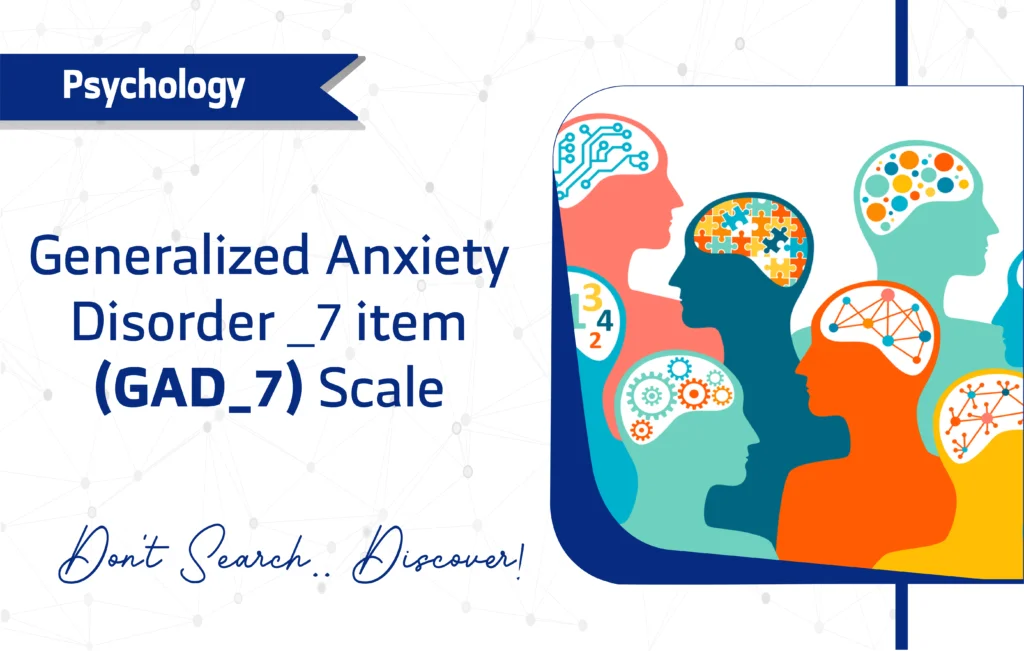

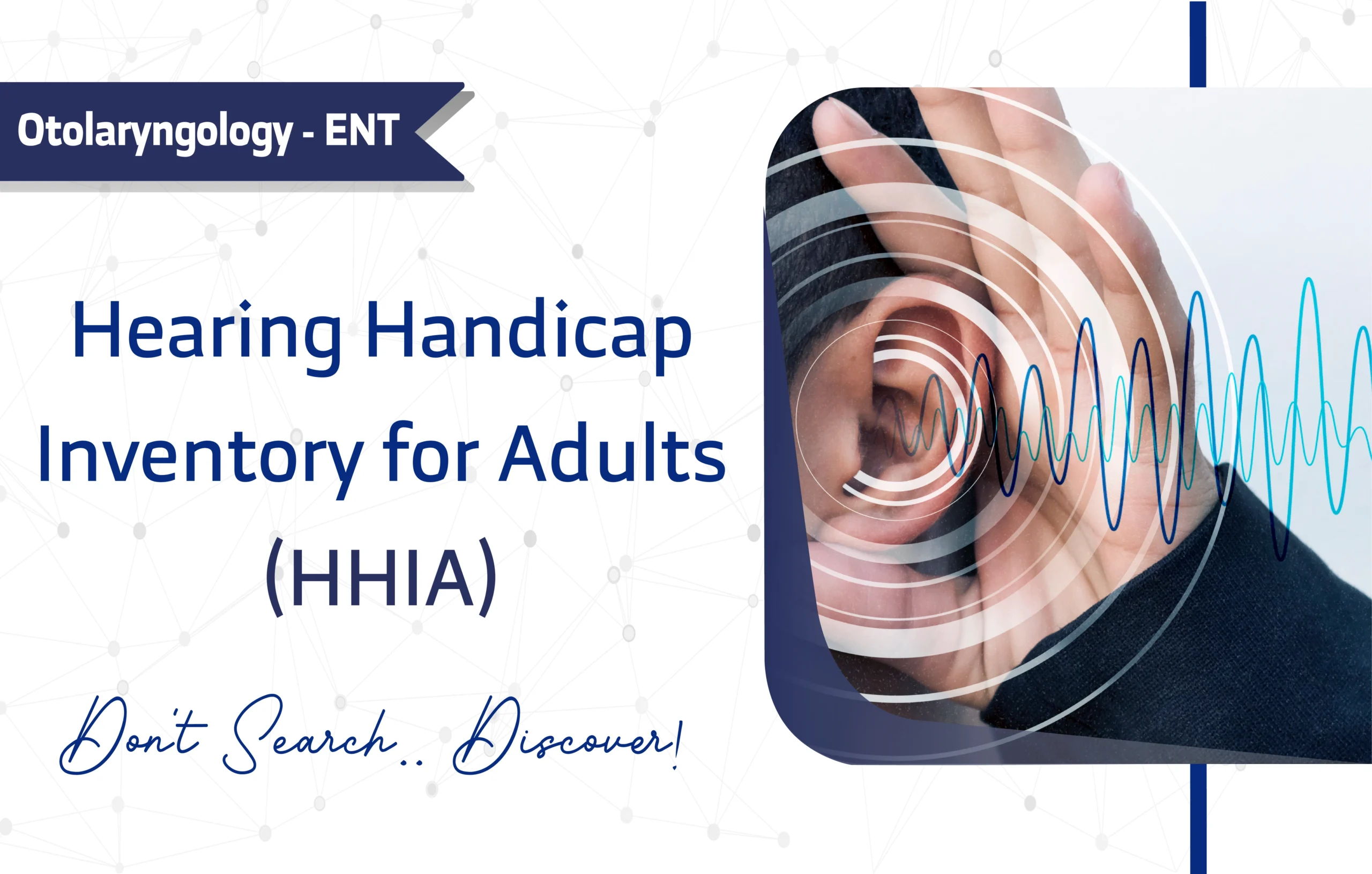
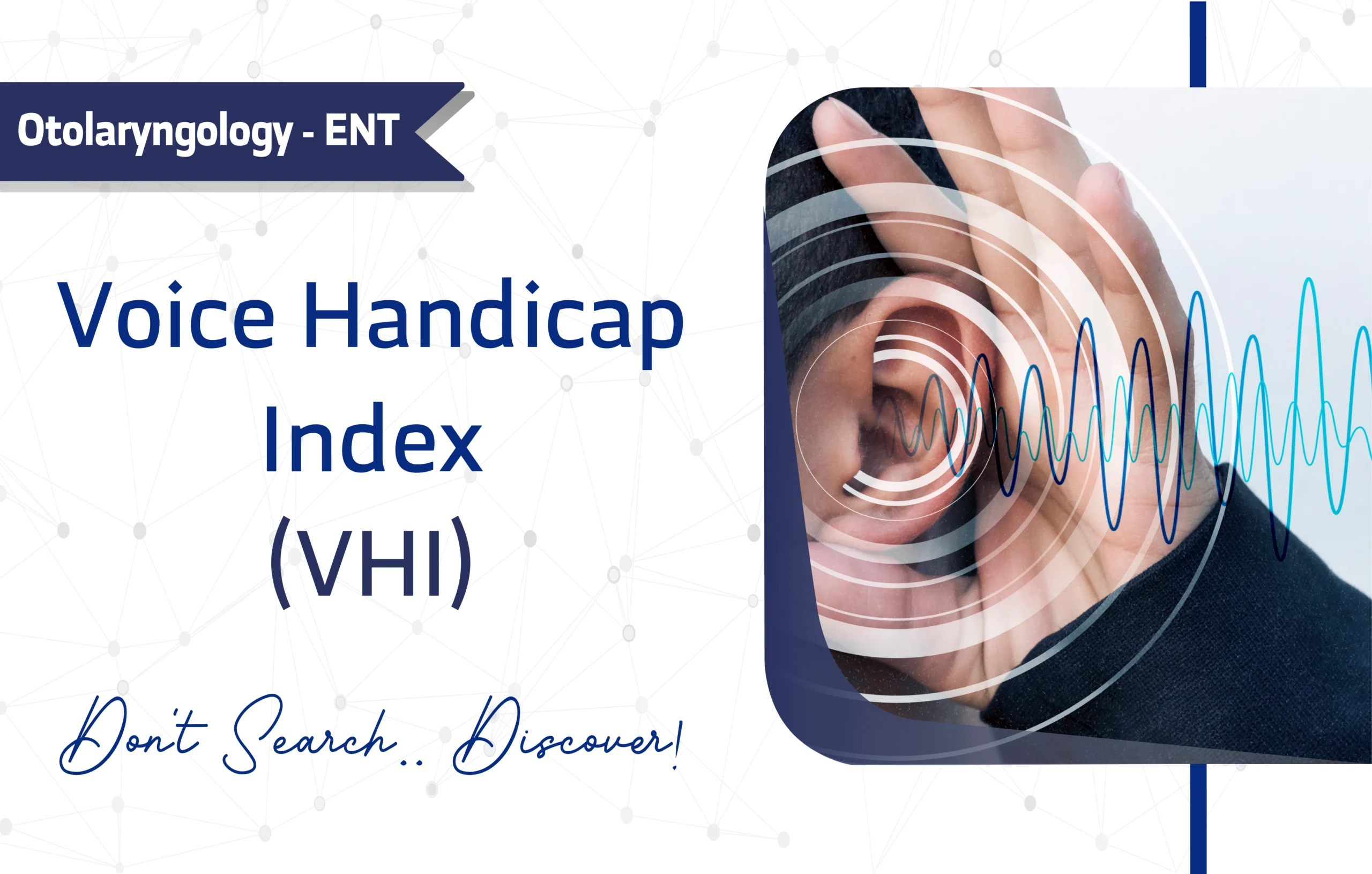
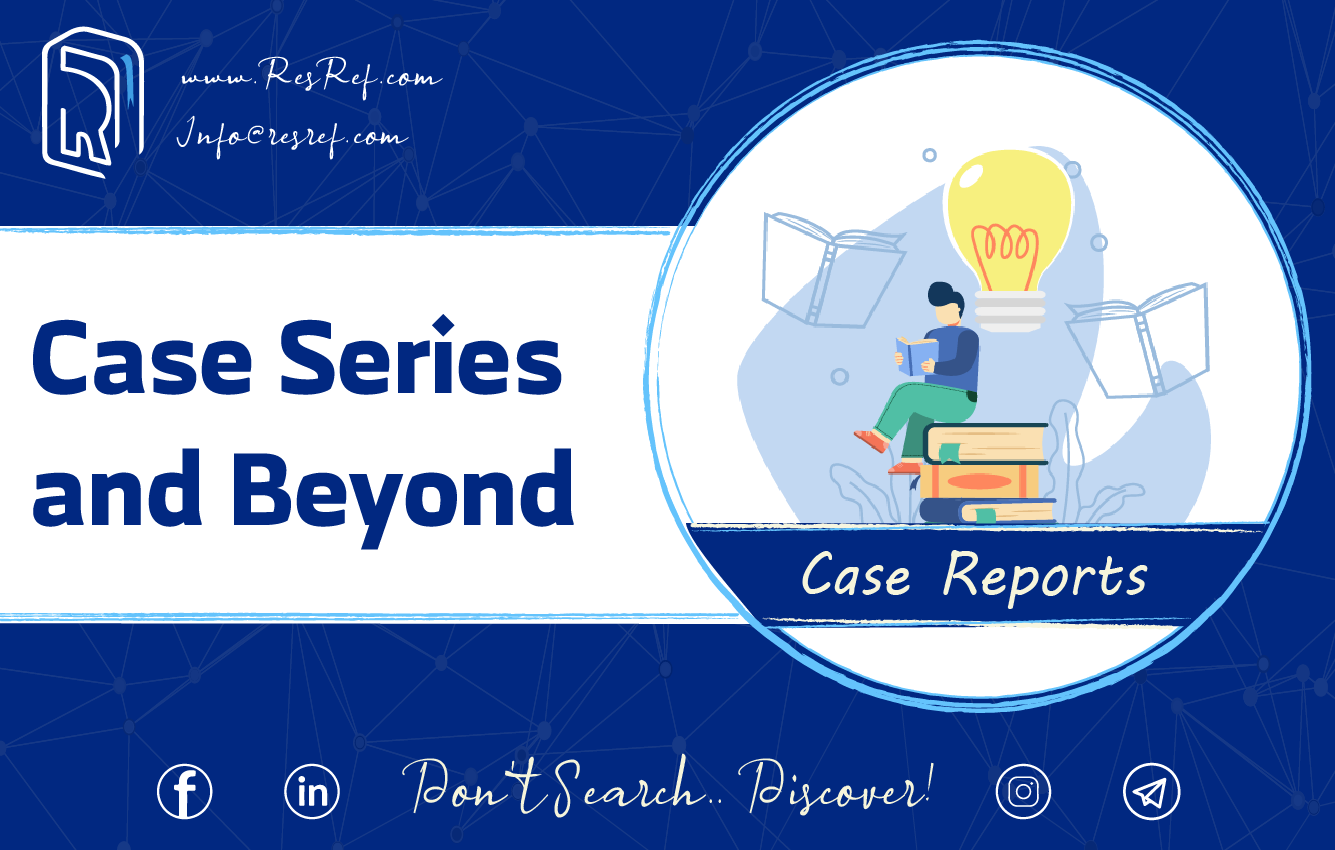
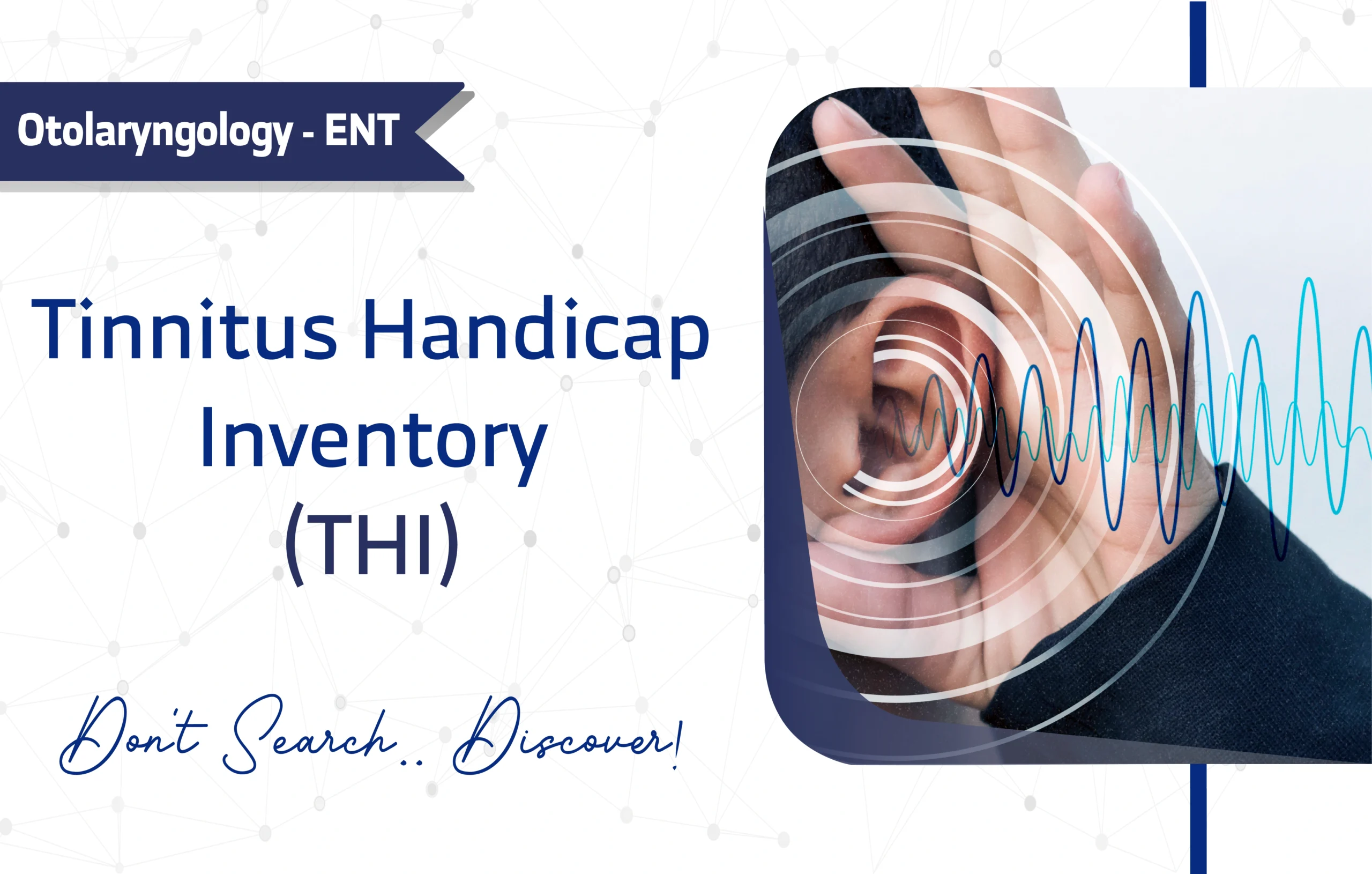
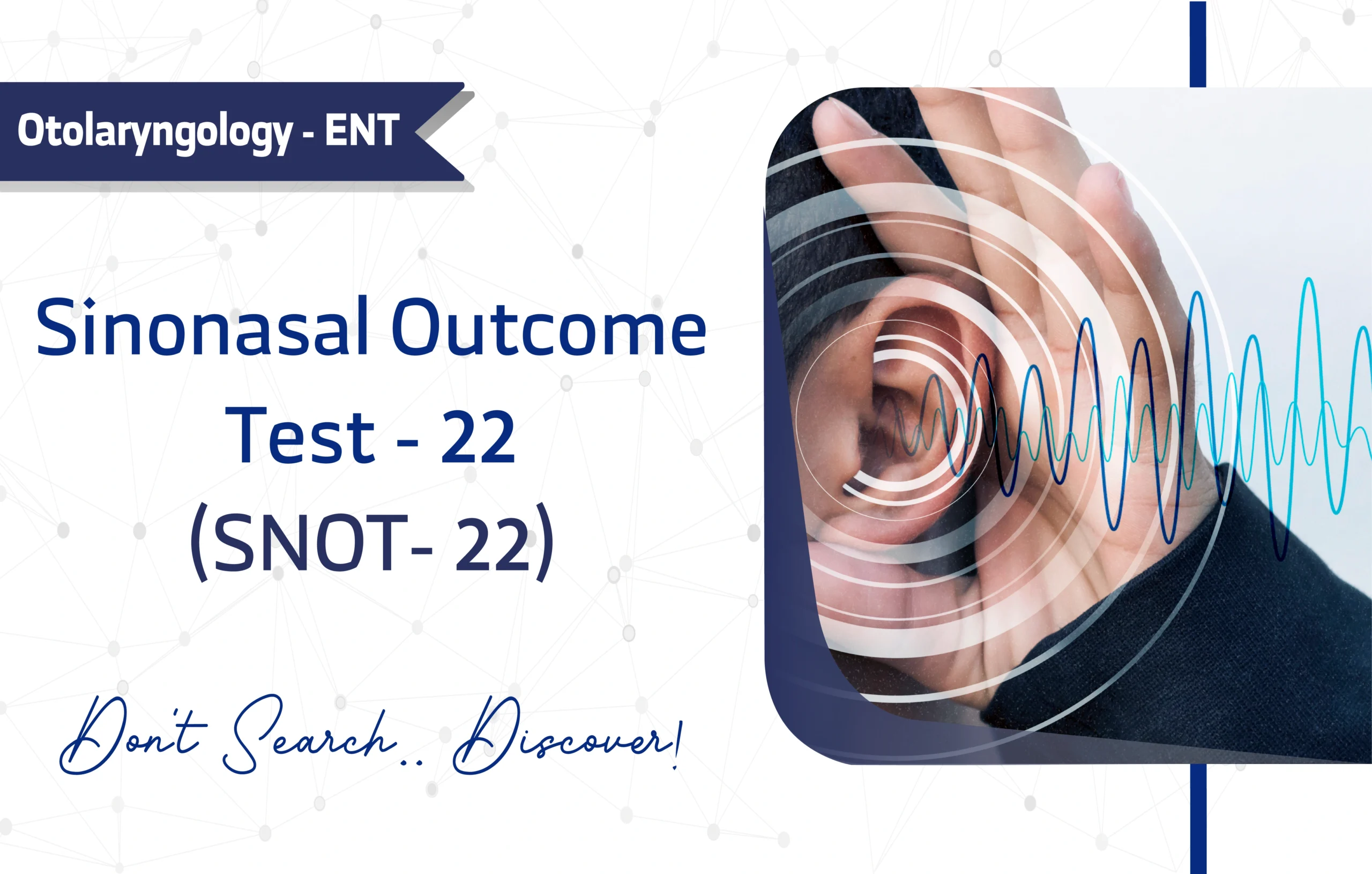
2 thoughts on “Generalized Anxiety Disorder 7-item (GAD-7) Scale: A Full Guide for Researchers and Clinicians”
Fantastic post however , I was wondering if you could write
a litte more on this subject? I’d be very grateful if you could elaborate a little bit more. Appreciate it!
Whoa! This blog looks exactly like my old one!
It’s on a completely different subject but it has pretty much the same page layout and design. Superb choice of colors!